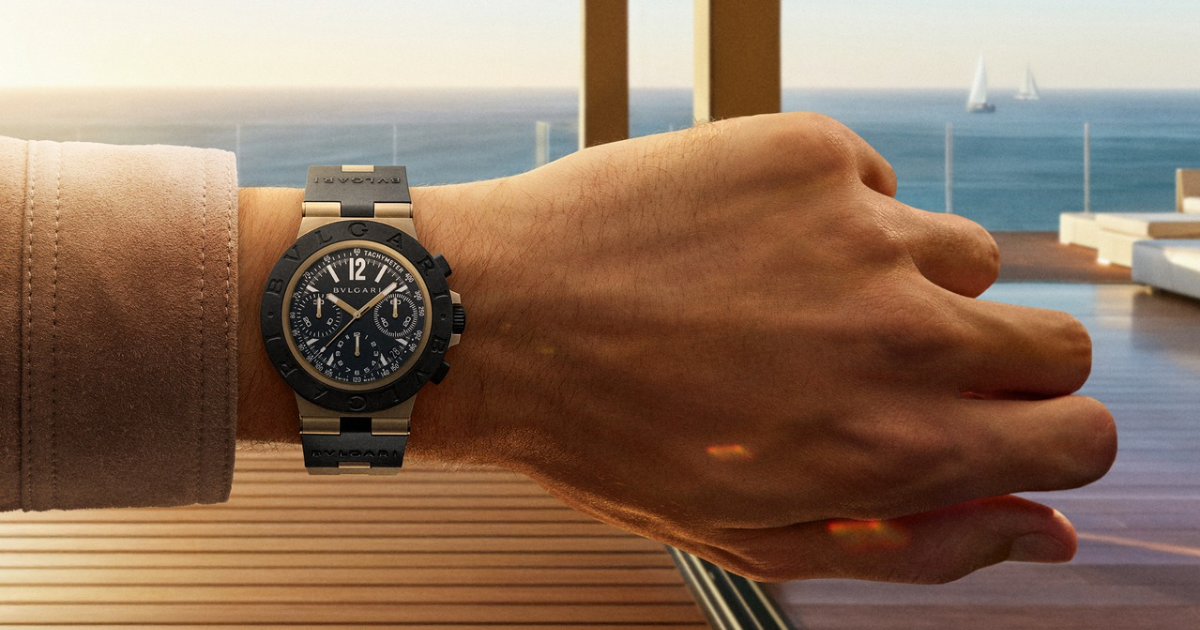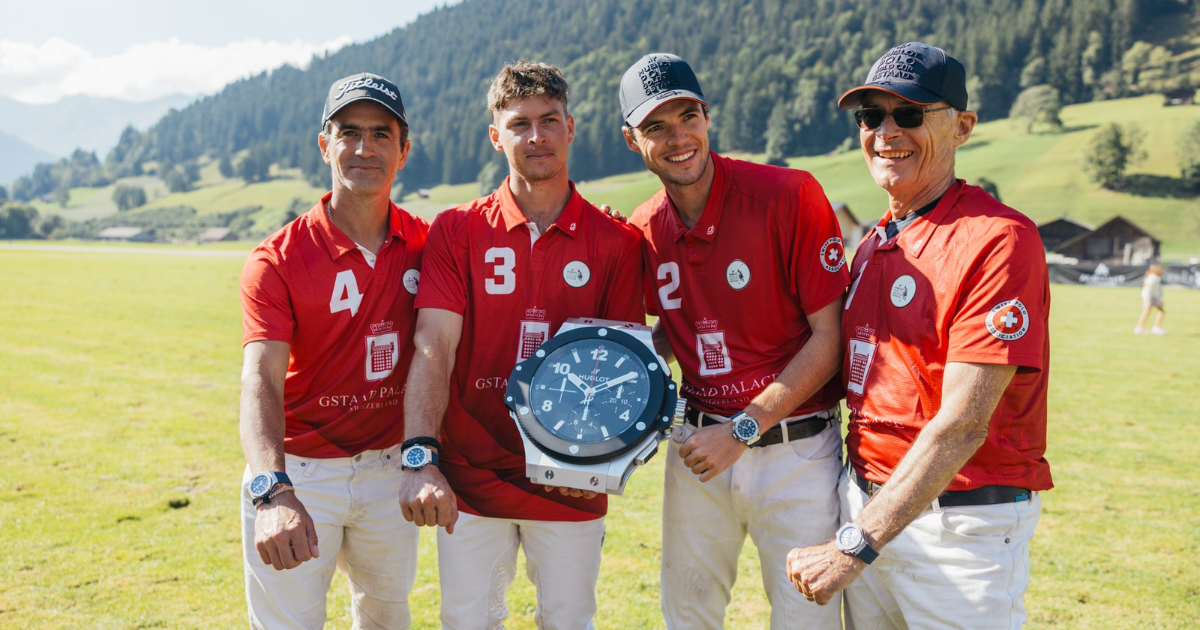Tick-tock: philosophy, symbolism and watches’ style
The DNA of style and the reflection of the era
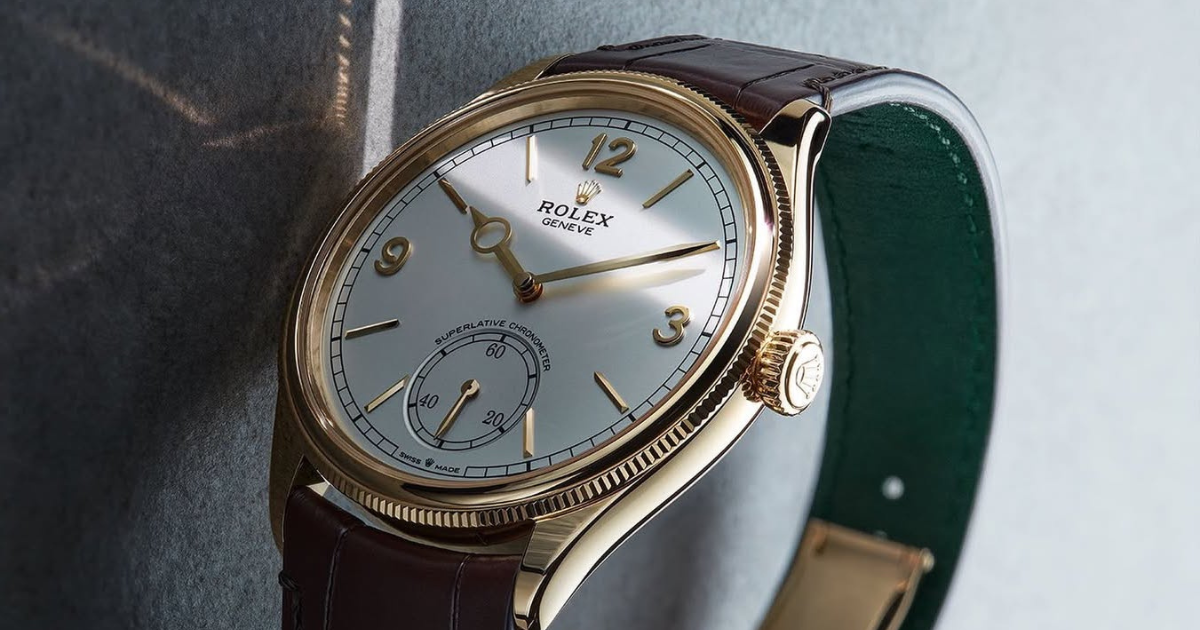
We often wait, hope for, and anticipate the moment. But once it arrives, an incomprehensible sense of emptiness suddenly emerges from nowhere. It seems as if time, a mysterious conductor of our expectations, plays its own symphony, the one that does not align with our melody. Do we truly understand it the right way? Did our ancestors perceive time as we do? Why does the symbolism of watches – from shimmering dials to intricate mechanisms – continue to captivate our minds?
Watches are not merely instruments - they are a philosophy in motion. They have the power to compress moments and stretch eternity. Their design carries the imprint of an era, while the ticking sound intertwines the past, present, and future. From medieval tower clocks to the finest contemporary mechanisms, the history of watches and timepieces illustrates humanity’s eternal pursuit of understanding time.

photo: instagram/audemarspiguet
Through philosophy, art, and status
Jean Froissart once called mesure – the sense of measure – the highest virtue. This ideal was deeply embedded in Renaissance timepieces, where the precise rhythm of a clock symbolized both moderation and cosmic harmony. Mechanical order served as a metaphor for political and social order. If time could be measured flawlessly, why couldn’t the affairs of the state and the lives of individuals follow the same pace?
Time is not merely about order. It is fragile—just as 16th-century English poets described, time embodies life’s fleeting nature. They saw a clock as a memento mori: the hand trembles, the moment passes, and there is no way to grasp it again. In continental Europe, watches were perceived a bit differently – as a celebration of control, precision, and ritual. This delicate balance between perspectives is still reflected in the cultures of different countries.
Salvador Dalí famously melted time in his The Persistence of Memory, suggesting that it is as much a construct of the human imagination as it is of natural law. In the 17th-century Vanitas paintings, timepieces – whether hourglasses or mechanical clocks – served as symbols of mortality. But does time truly vanish? Or does it simply transition into new forms?
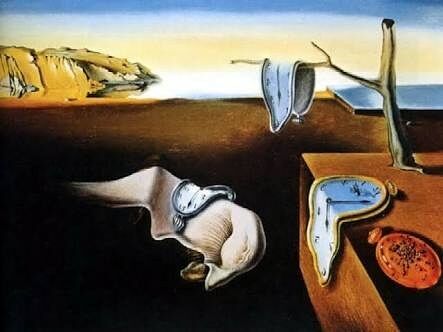
photo: instagram/salvador_dali_oficial
In literature, clocks have always been markers of fate. Leo Tolstoy’s Natasha Rostova anxiously watches the clock in moments of uncertainty, while The Great Gatsby clings to the illusion of rewinding time, desperately attempting to erase the years and reclaim the past. Whenever a timepiece appears in a story, it alters the narrative’s texture, transforming it into a voyage through time itself.
Watches have long since transcended their role as mere timekeeping devices. They are now a code, a status symbol, a silent proclamation of success. At royal courts, pocket watches adorned with enamel and precious stones reflected a ruler’s command over time. In the 20th century, the role of luxury watches evolved, but their prestige remained intact. Rolex, Patek Philippe, Audemars Piguet – these are not just names, they are modern-day amulets of the elite. Their dials catch the light in executive boardrooms, their mechanisms mark the tempo of high-stakes negotiations, and their craftsmanship speaks loudly without a word.
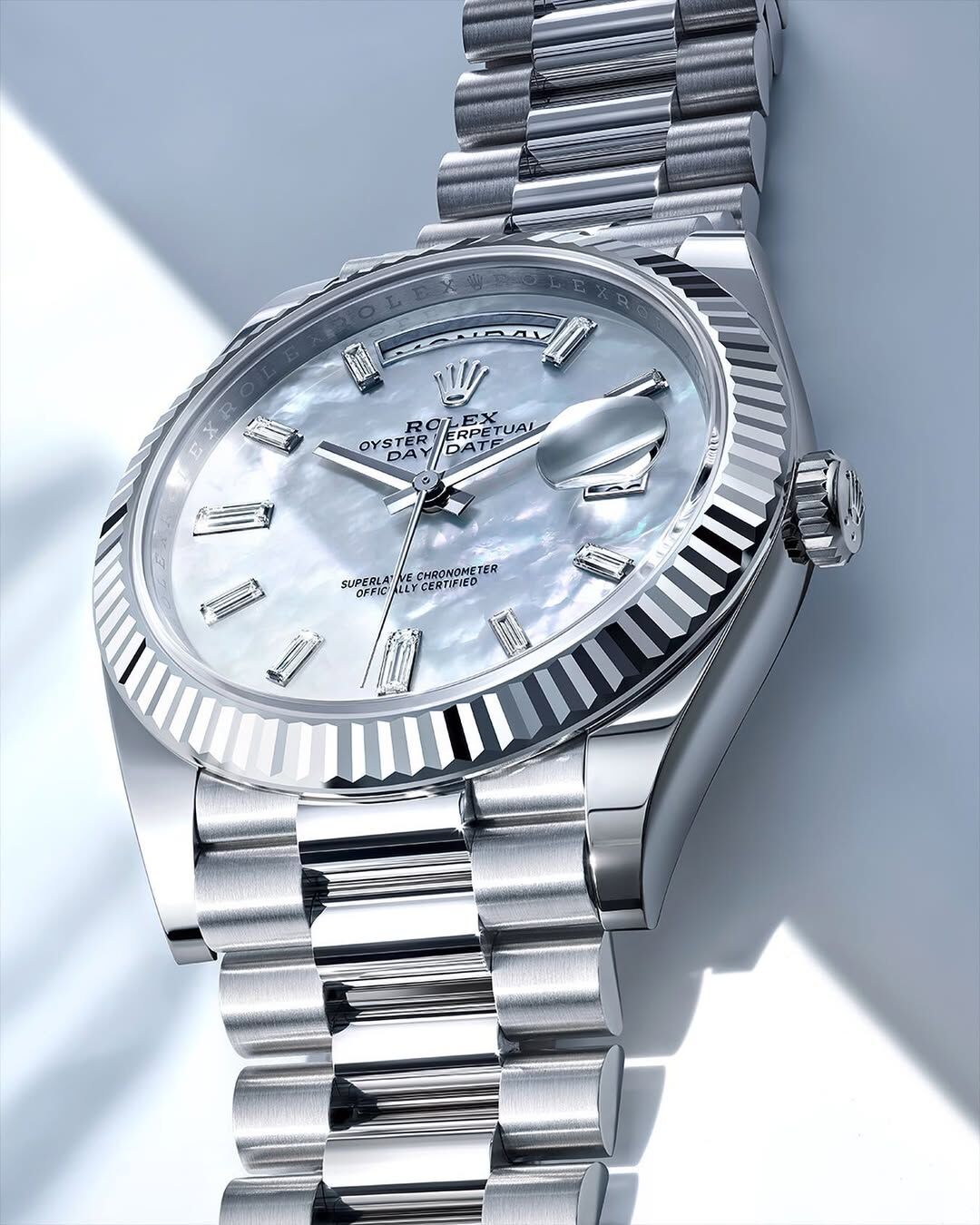
photo: instagram/rolex
Passing time through generations
Some things transcend material value. Some outlive us, carrying with them the imprints of touch, scent, and history. The old watch resting in a drawer, a grandfather’s legacy, whispers of his era, his choices, and his values.
In Japan, traditional single-hand clocks serve as a reminder that time flows rather than fractures. There is no race to the finish; time simply exists. This paradox, which lies in our attempt to control time while learning to accept it, shapes our perception of the world.
Today, vintage watches are making a fashion comeback – not for precision, but for their narrative power. They tell stories of bygone eras, carrying the weight of history better than words ever could. Because while time is relentless, watches are artifacts that bridge generations, whispering secrets of the past.
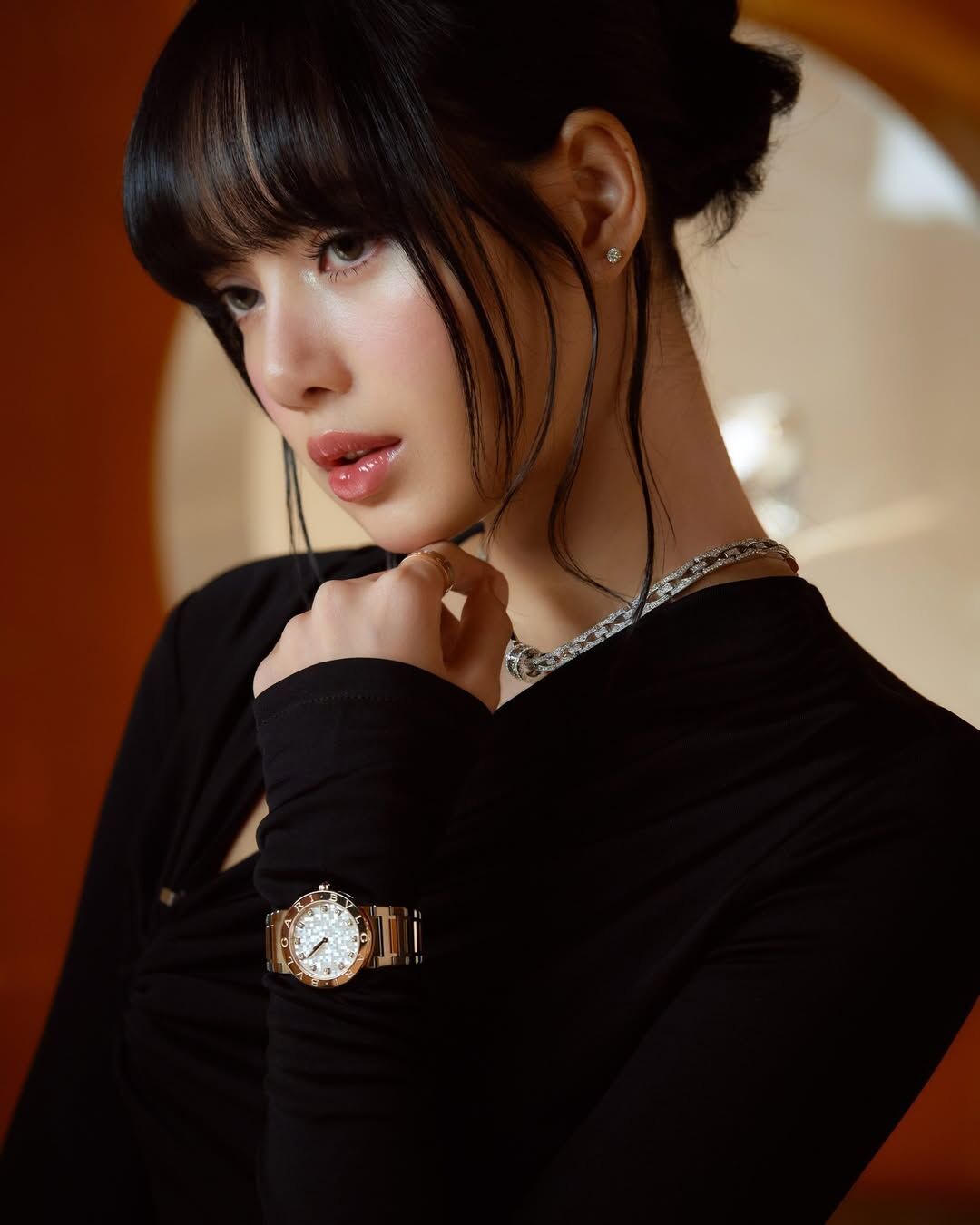
photo: instagram/bvlgari
Without a doubt, watches are traces left in the present. They are memories that can be worn. We buy them in an attempt to own time, yet in the end, it is time that owns us.
Each model is a reflection of its era, its temper, and its fate. Watches remind us that we do not simply exist in time – we create it. And perhaps that is the greatest mystery of all: we look at watches, but do they, in return, look back at us?
